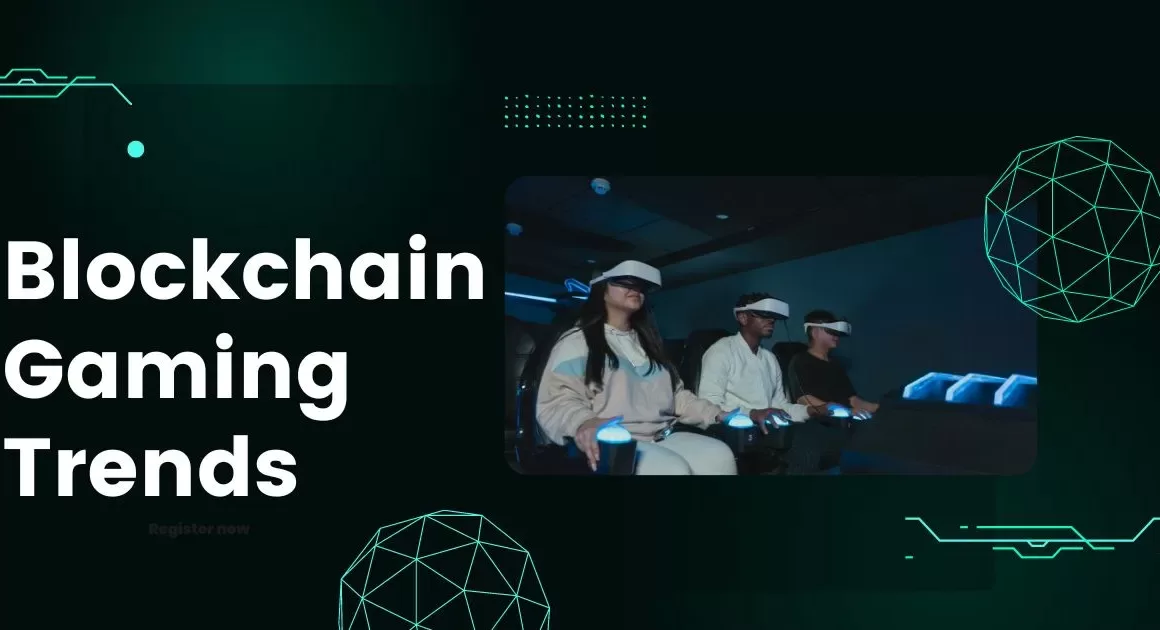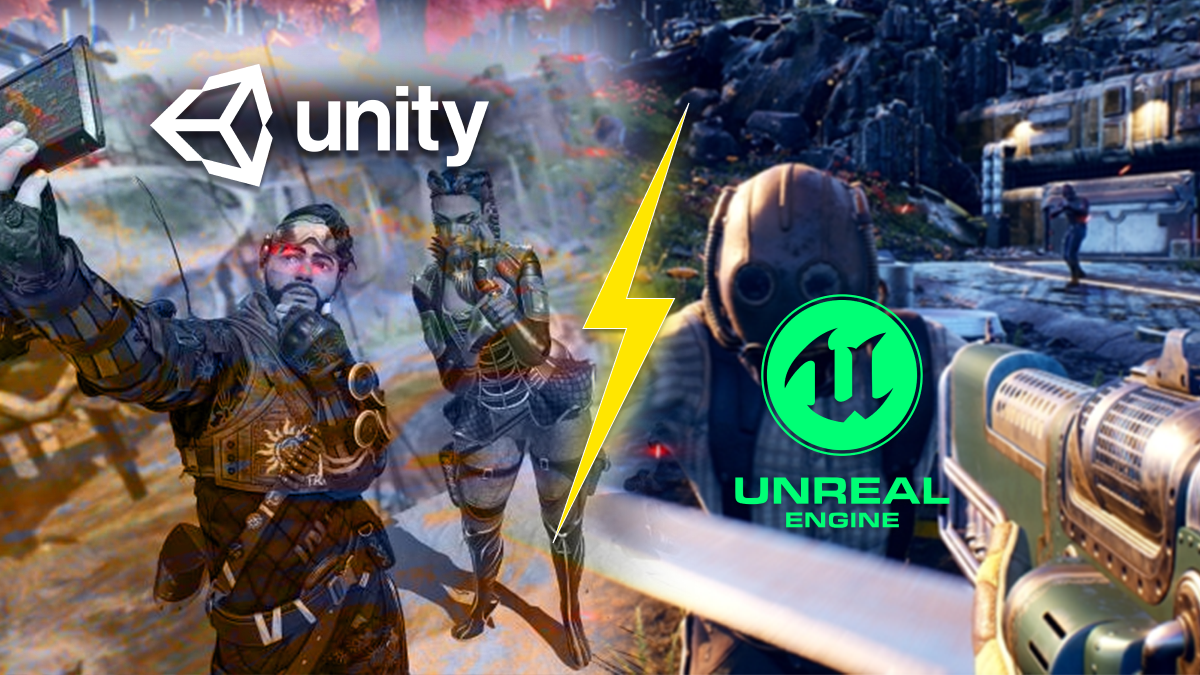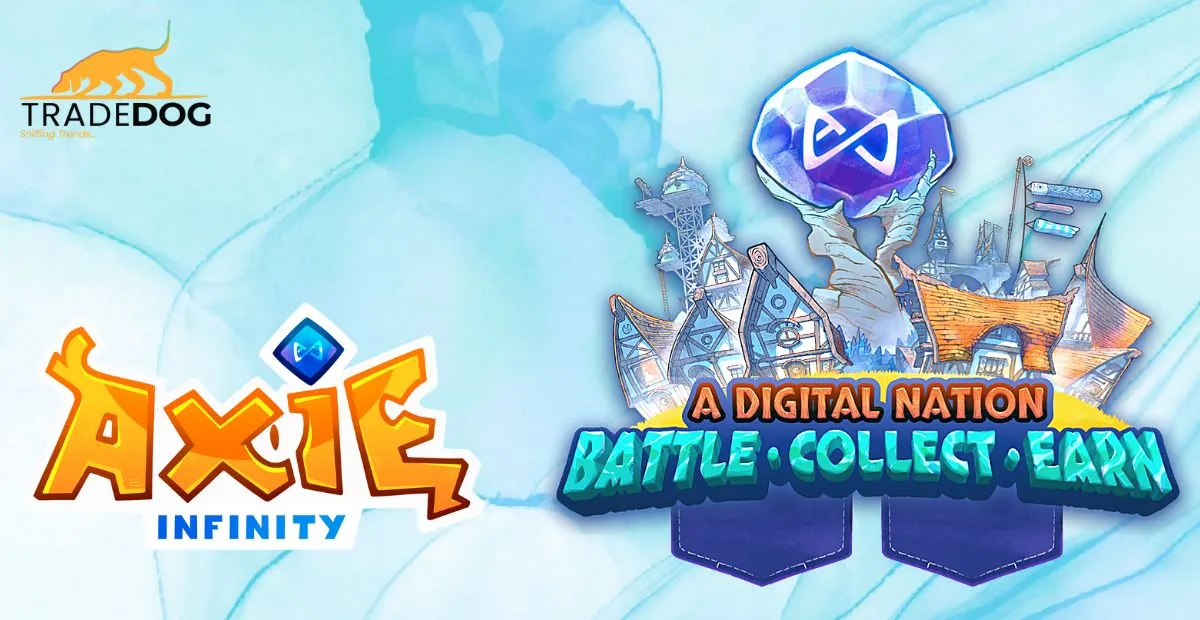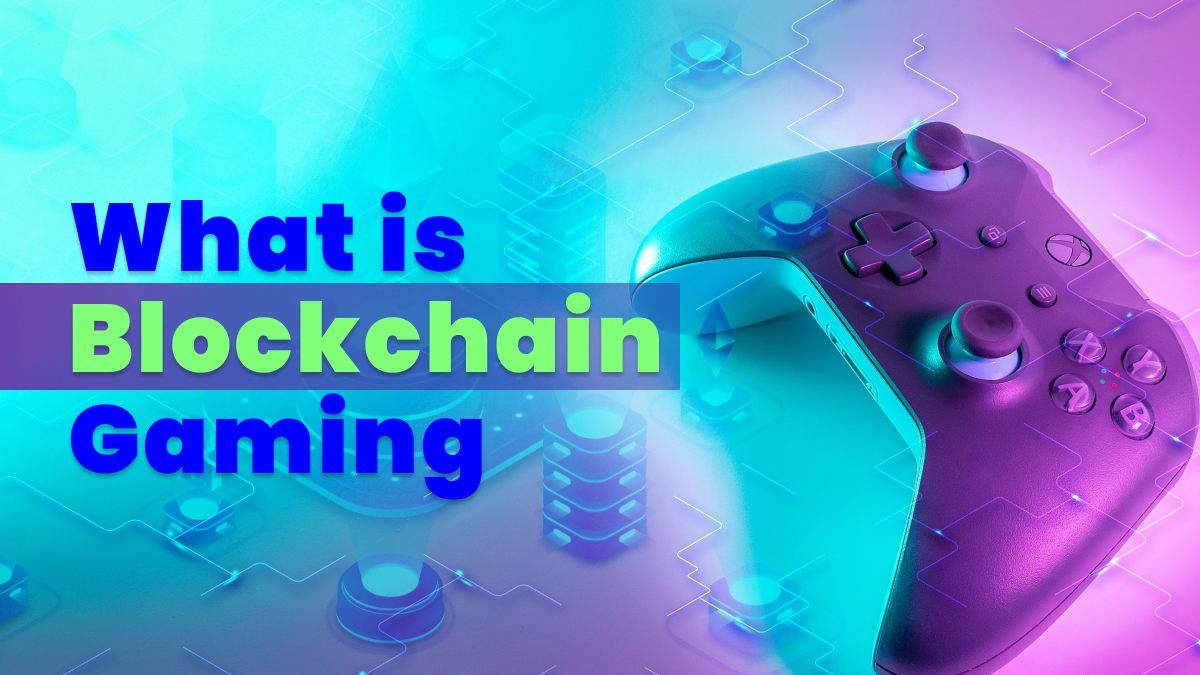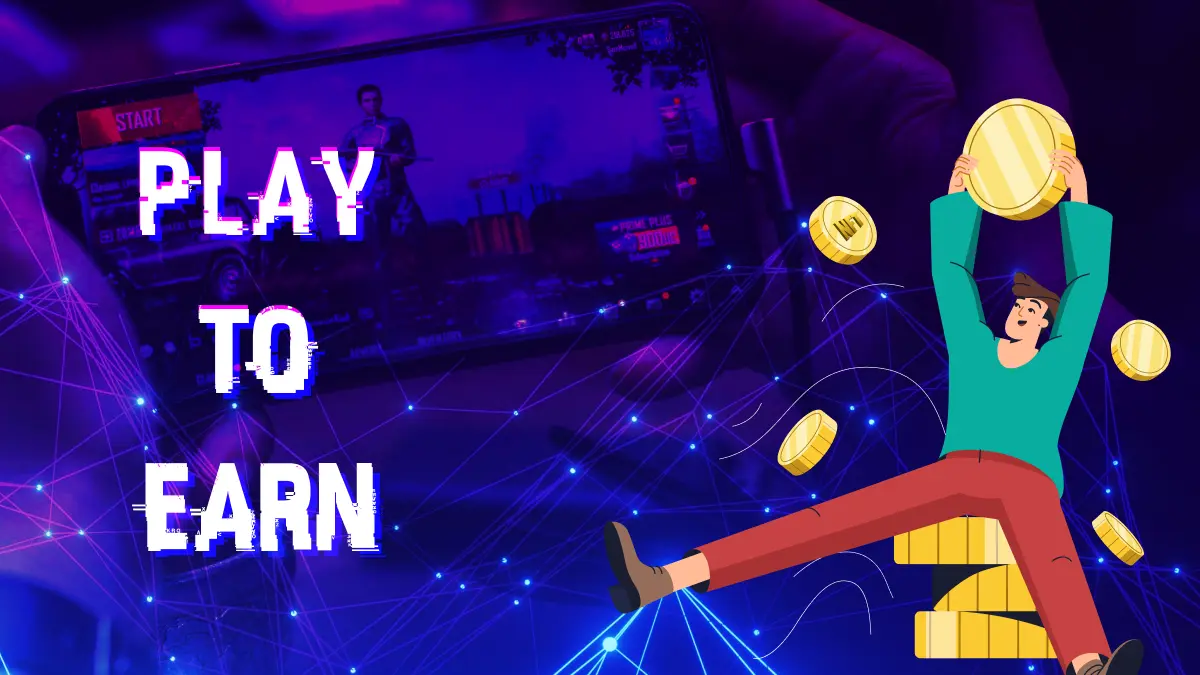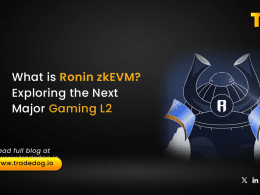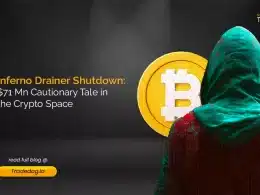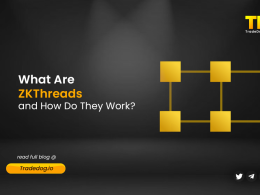Quick Links
State of Blockchain gaming in 2022
Last year has been in turmoil for the overall crypto markets. However, Blockchain gaming was too impacted as an economy but not as an overall industry. According to projections, the market for blockchain gaming would increase from USD 4.6 billion in 2022 to USD 65.7 billion in 2027, growing at a CAGR of 70.3%. The market is expanding as a result of increased investment in blockchain gaming, among other things.
Industry leaders claim that the sector is still in its infancy. Only 3% of players reportedly had a non-fungible token, and only 12% had attempted playing a web3 game (NFT). On the other hand, when it comes to investments and fundraising, the industry raised roughly $750 Mn in Q3 2022 for the creation of web 3 games.
Web3 Gaming ~ A Crux
Web3 gaming is an evolution in the existing web2 gaming ecosystem that integrates cryptocurrency tokens (fungible & non-fungible) and uses blockchain technology to store data and transactions. The UX is augmented by the web3 games as they offer more control, security, and true ownership of assets to the players.
AAA games, MMORPGs, TCGs, RPGs, casual, clicker, and simulation are some of the genres in which web3 gaming is stepping foot. The web3 games are almost similar to the existing web2 titles but the blockchain technology embedded on top of these games makes these games have more potential to drive the next mass adoption in the crypto industry.
According to reports, the growth of Unique Active Wallets has been stagnant in this sector but shows an upward trend for 2022. The total web3 gaming users range around 800K as of now and chains like WAX & BNB chain record for top gaming protocols by UAWs, followed by Matic, Solana, and EOS.
Trends in blockchain gaming for 2023
Shift from play to earn to other concepts: As attractive as it sounds, the “Play to Earn” narrative has been overexploited in the space for a while now. With the boom of Axie Infinity in 2021, every other web3 game started using this narrative for defining their respective business models. However, in reality, most of these projects failed to create a sustainable token economy that had a well-structured inflows and outflows mechanism through which the game could really “reward” the users.
Thankfully, people started understanding the situation. Most of the projects are also shifting their models from Play to Earn to Play and Earn where rewards are granted on the basis of players’ engagement with the game and not minted out of thin air.
Introduction of new narratives: 2022 was a year that witnessed the introduction of narratives like pay-to-play-to-earn, play-and-earn, move-to-earn, etc. Although many of these narratives boomed and died in no time, many outlived the dying markets and managed to pull back the interests of players.
More of these narratives are anticipated to be presented in 2023 by web3 games that are lucrative enough to draw web2 audiences to their projects and offer some significant benefits to the players and investors. One such example is the introduction of the “Play Party & Earn” narrative by Ballers City ~ a web3 hyper-causal game that lets you earn rewards with just a click and gives you access to real-world parties and exclusive events.
Community-driven games: It’s exciting to see how the community is embracing DAO mechanics after some of the top blockchain games, like Alien Worlds, set the stage for their use in the future of gaming. DAO governance systems have up till now been exclusive to DeFi protocols, sizable organizations, and communities testing the waters for DAO economics.
However, the blockchain gaming industry warmed up to the prospects that DAOs can provide players with a vision for future gameplay when Alien Worlds announced the introduction of syndicates to its metaverse earlier this year. This not only offers a fresh approach to interacting with a vibrant community, but it also fosters decentralization by supporting on-chain voting systems and elections.
Cross-platform accessibility: A question that is asked by every other investor and a traditional gamer is how many platforms does this web 3 game support? Most of the current web3 games are playable on PCs (windows). With IoS and play store announcing hefty commissions (around 30%) on the revenues that are generated via NFT sales, the cross-platform deployment of web3 games remains very poor.
It is expected that these web 2 marketplaces may reduce their commissions and welcome web3 gaming to their platforms. This would be a pivotal point for the industry to drive massive adoption as they now have the access to onboard web2 players.
Five things to fix in 2023
Dual token economy: Axie Infinity was one of the first players in the game that incorporated a dual token model for managing transactions and offering rewards to users. However, with the collapse of its model, several other projects realized that there shall be a single unit of value that is used as the native currency as well as for distributing rewards. Subsequently, many web3 games are shifting towards from dual token model to a single token model, keeping in mind that the token is backed by utilities that offer users real value in terms of rewards.
Time-consuming developments: A major problem that the web3 gaming industry is facing is the time consumption in the development of these games. Reportedly, only 33% of all the web3 games are live and the rest are in development stages (BETA & Alpha).
The absence of resources and investments in bear markets may be one cause of this. But this significant issue, which prevents the sector from seeing the impending innovation, will hopefully be resolved this year as the markets recover.
Early Investments acting as entry barriers: During peak times, a player had to spend hundreds of dollars in purchasing NFTs and tokens before even starting to play a web3 game. One such example is Axie Infinity, which requires a player to buy 3 axie NFTs that were worth more than $600 in late 2021. Such games quoted their model as “play to earn” which essentially was “pay to play to earn”.
However, with more projects diving in the web3 gaming industry that understands the need of the players, it is expected that the upcoming games would shift entirely to a free-to-play model that invites users to play the game without paying any upfront costs. If there are some expenses to be made, that shall be done in the later stages wherein the users know that they would be generating returns and covering these expenses (ROI) in a well-defined timeframe.
Interoperability of NFTs: One of the major problems that should be fixed this year is the interoperability of NFTs, meaning that a user shall be able to use the digital twin or avatar minted as an NFT in different web3 games and metaverse.
So far, the users have to mint different NFTs for playing different web3 games which essentially represent the games’ own characters. However, with more experienced developers joining the ecosystem every day, there are projects developing the infrastructure to use a single NFT (a digital avatar, game asset, or even a pre-owned NFT) across multiple web3 games.
Complex UX: Blockchain gaming needs a smooth UI/UX to catch on with the general public. Before blockchain gaming will be appealing to the masses, the well-known usability difficulties around the technology must be resolved. Ideally, there should be a seamless UI/UX that resembles a typical game.
Marketplaces for buying assets and NFTs shall operate like that of a web2 game’s marketplace that has no time delay because of blockchain processing limitations, cross-platform interoperability shall be fixed, and managing all the in-game items for a user shall be seamless in such a way that players shall not even know that they have to go through the complexities of blockchain for storing their data (in-game assets in this case).
Conclusion
Although the current web3 gaming is clogged with some limitations mentioned above, it is believed that the industry has the potential to drive the next wave of mass adoption to the crypto world. With new trends and narratives being introduced in the web3 gaming ecosystem every day, it is clear that there is a huge potential that is still to be unlocked which would revolutionize the digital gaming era.





